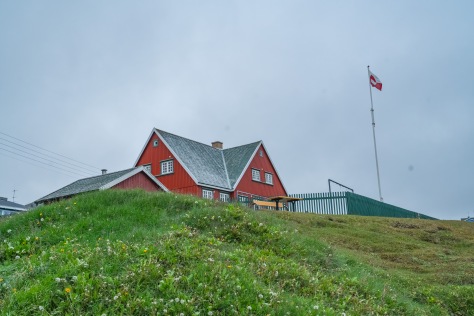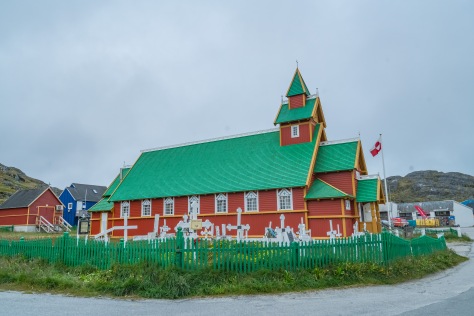Sept. 7, 2018:
Sure enough, things have changed! Just after I posted the last time (on Sept. 3rd), we had a new ice chart come in showing that we should be able to safely get out of Prince Regent Sound and through Lancaster Sound on our own without an ice breaker, but that we were headed back to Kangerlussaq, Greenland, to meet the charter flight home. That night, our ship sailed near to the ice edge so we could begin our escape attempt early on the morning of September 4th.











The Captain and the ice pilot made a valiant attempt to free us from the “ice box” on the 4th, but we had to give up once we made it back into Lancaster Sound, as the heavier, thicker sea ice had again shifted, blocking our route to the northeast. Undaunted, the Expedition team found an inlet which was rich with cultural remains, and they quickly scrambled to set up a Zodiac visit if only to let people off the ship for a while to stretch their legs. Thus, we “parked” in Prince Regent Sound to await the ice breaker.

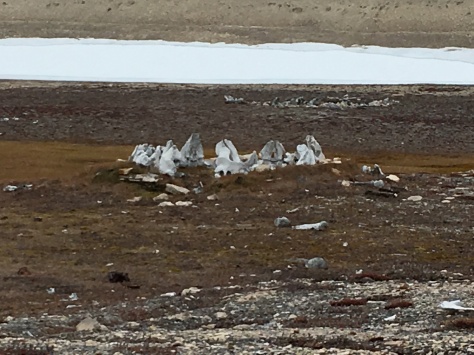


We spent Wednesday, September 5th, motoring around Prince Regent Sound, and pulled into Jackson Inlet on Baffin Island to see what we could see. The inlet is another giant fjord, where the head of the inlet was created by retreating glaciers. Our geologists quickly scrambled to identify the topography as one belonging to a prehistoric coral sea from the Salurian Age. All we knew was that the beach and hills were covered in layer upon layer of slate-like rocks, which we dutifully scrambled up, so we could claim some exercise for the day. While it had been a nasty cold day out in Prince Regent Sound, complete with snow blowing; here, in the Inlet, it was calm and somewhat pleasant. By that, I mean that it was not snowing, there were no 35 knot winds, and it was a “balmy” 32 degrees F. Even better, Jim and I spent a couple of hours on the bridge watching our progress into the bay, and I saw some narwhals deep in the inlet. Of course, by the time we got there, they had slinked away. Oh, well, we still enjoyed our walk!




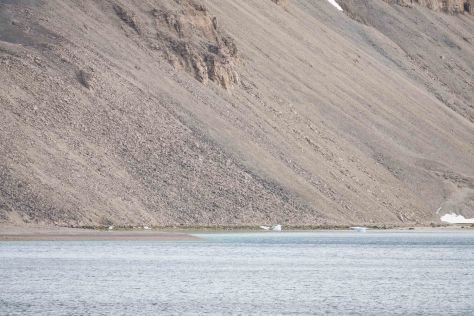






That night at our daily briefing, we learned that we had a commitment from the Canadian Coast Guard that we would finally get our ice-breaker at noon tomorrow! The room erupted in applause. In fact, the sister ship to this one, Le Soléal, would be meeting up with us, because it, too, was stuck in the ice. It’s going to take at least eight hours to break us free. At the briefing, we also learned that all future trips by Ponant and Abercrombie & Kent have been cancelled. With a firm date in mind for our freedom, and journey back to Greenland, the A & K staff would be busy all day tomorrow making arrangements for us to get home. We are predicting to be home on the 10thof September after flying by charter from Greenland to Chicago, and then home on individual flights.


Yesterday was a glorious day as we all flooded out on the decks to watch the ice breaker at work, and to marvel at the passing ice. Polar bears were spotted several times, but most were too far away to photograph. No wonder, given all the noise of crunching ice made by our three vessels grinding through! About 8 p.m. last evening, the sun came out and shown down on all the new snow that has fallen on Devon Island, which was our last sight of land before passing out into Baffin Bay. We toasted the safe passage with Veuve Cliquot, and sailed into the North Atlantic.


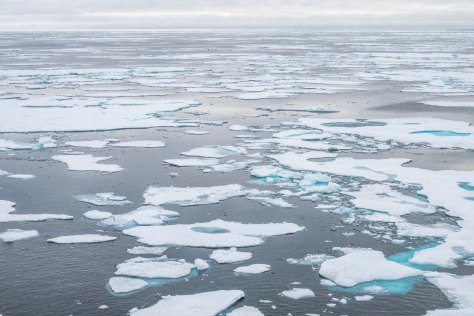



















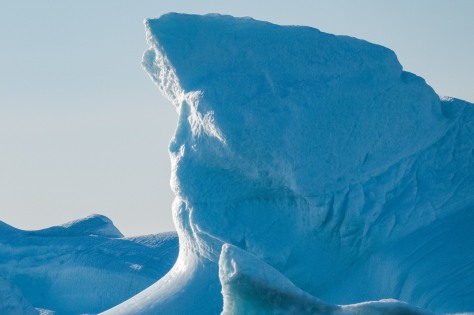
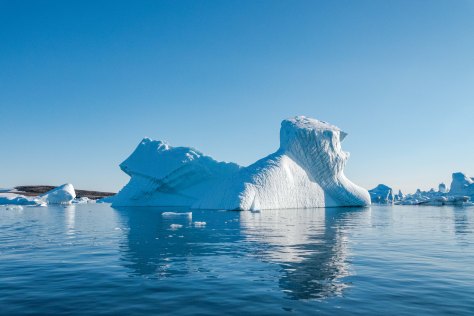














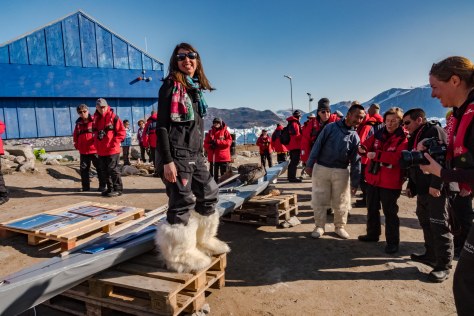



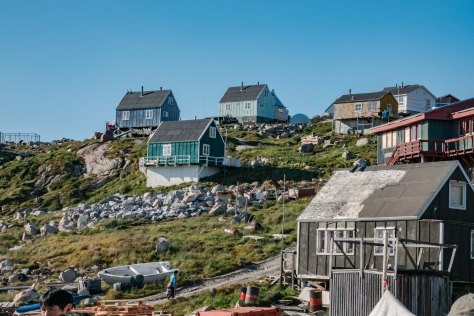




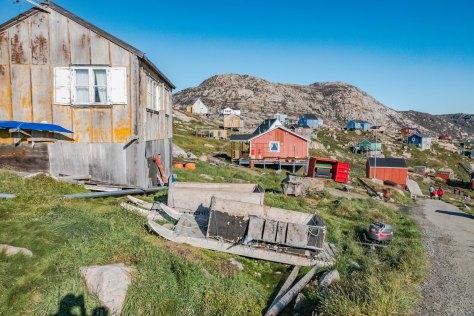




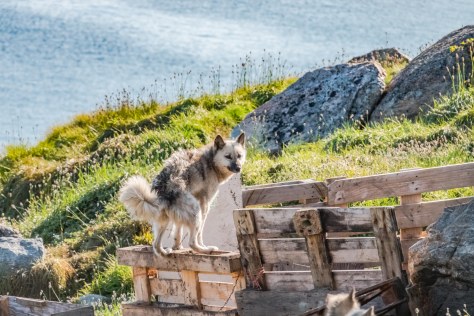



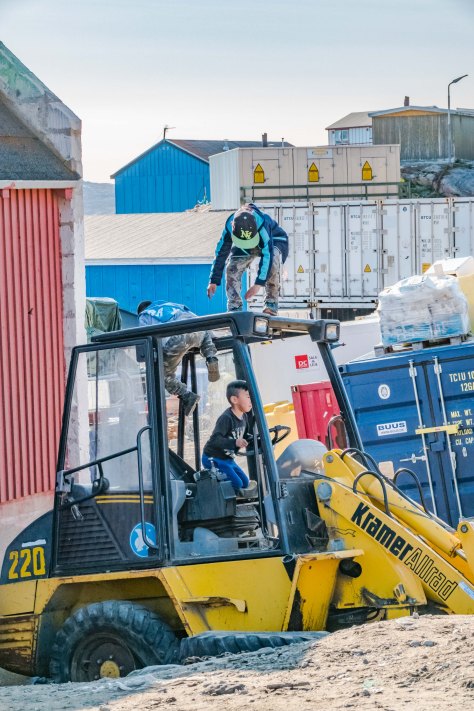








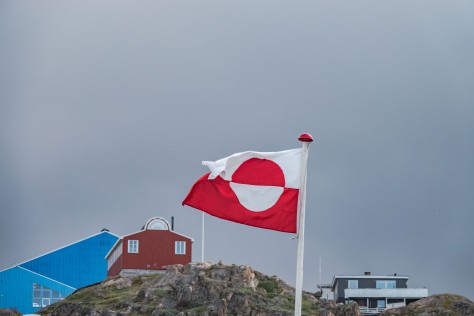




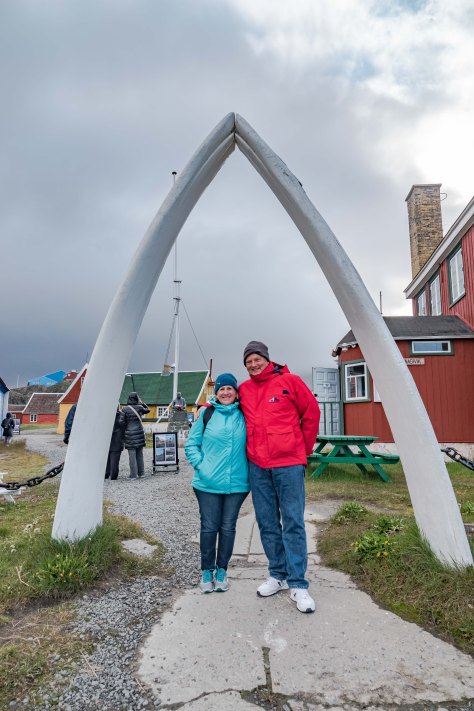




















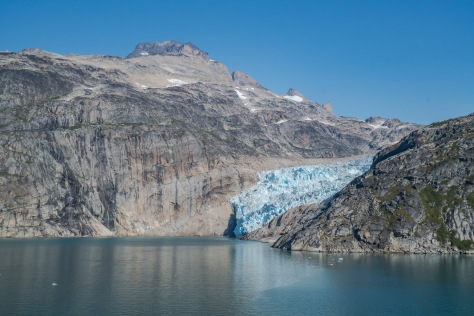
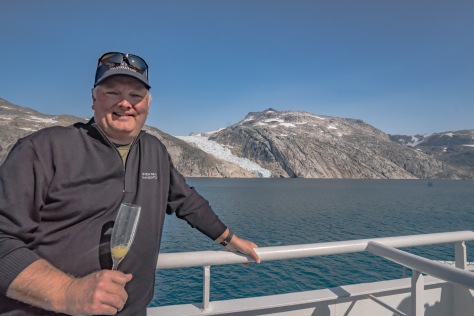





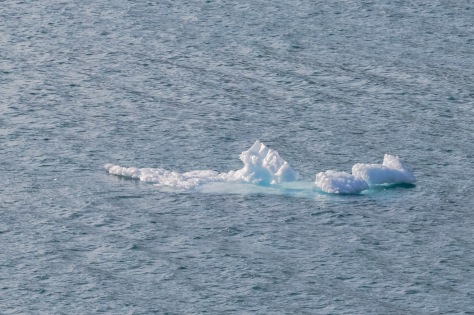
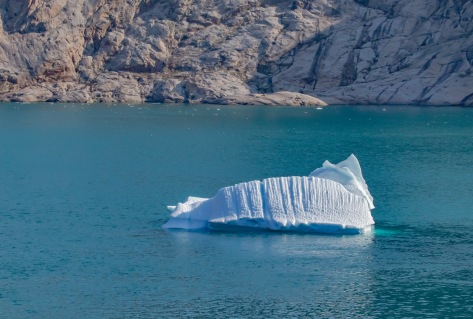
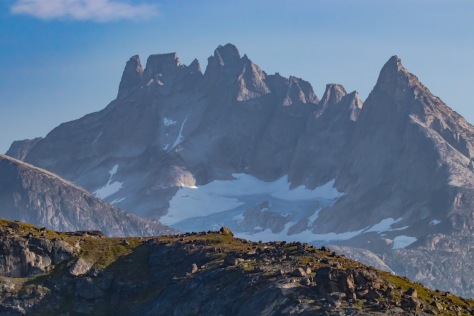

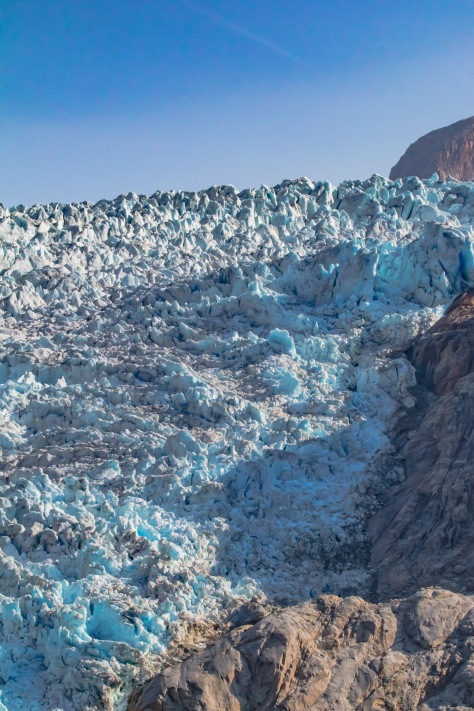


























 Once again, we are blessed with a beautiful sail away. It’s even warm enough that Jim strips down a shorts and flip flops, even though we can see little icebergs bobbing in the bay.
Once again, we are blessed with a beautiful sail away. It’s even warm enough that Jim strips down a shorts and flip flops, even though we can see little icebergs bobbing in the bay.







